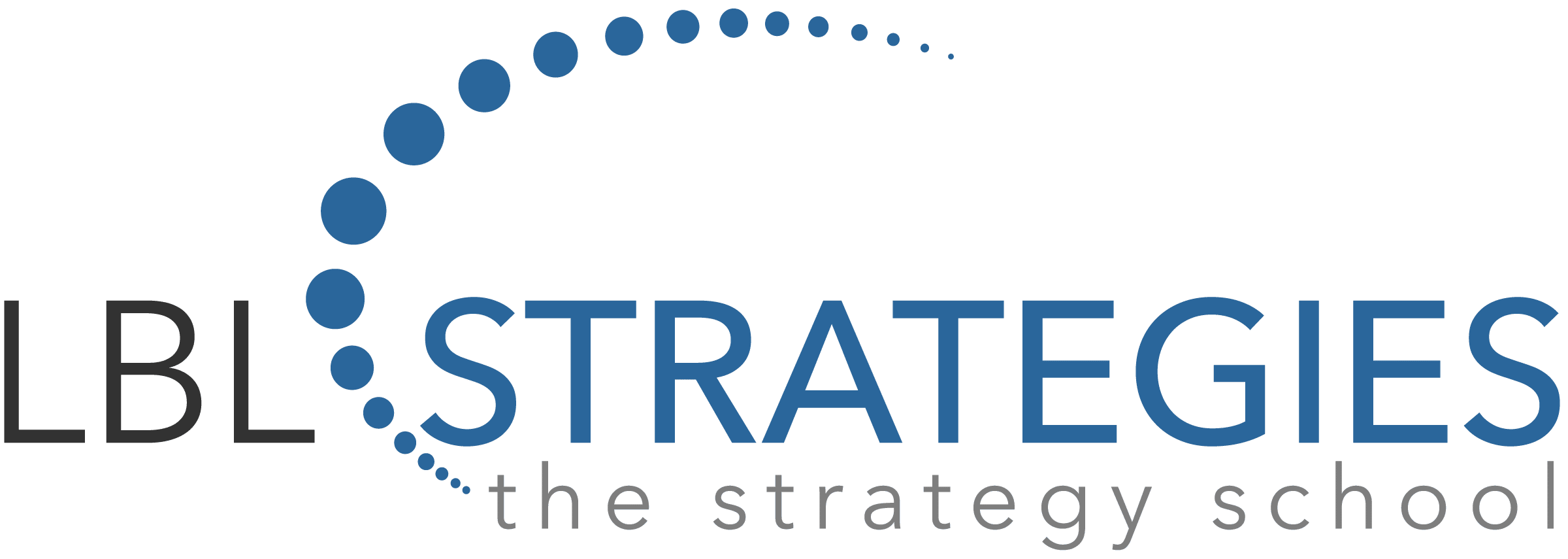By Robin Champ, Vice President Strategic Foresight, LBL Strategies
As federal employees, the strategic planning process offers us a unique opportunity to shape the future of our agencies and the services we provide to the public. With the requirements under the Government Performance and Results Act Modernization Act (GPRAMA) and OMB Circular A-11, Part 6, now is the time to prepare. Strategic plans should not be treated as mere compliance documents but as dynamic roadmaps that define mission success and guide long-term priorities.
This article outlines key considerations, deadlines, and steps to help you prepare for this critical task. It also provides a checklist based on OMB Circular A-11 guidance to ensure your efforts are well-aligned with federal requirements.
Understanding GPRAMA and OMB Circular A-11
Under GPRAMA, every federal agency is required to update its strategic plan every four years to align with the presidential administration cycle. These plans:
- Set high-level priorities for the next four years.
- Establish performance goals tied to the agency’s mission.
- Guide resource allocation, decision-making, and program implementation.
OMB Circular A-11, Part 6, provides detailed instructions for crafting these plans, emphasizing foresight-informed strategies and alignment with the federal budget process.
Key deadlines include:
- Submission to OMB: Draft strategic plans must be submitted in September 2025, in coordination with the FY 2027 budget cycle.
- Agency Publication: Final plans are due to be published on Performance.gov no later than February 2026, ensuring alignment with national priorities.
What You Need to Know Before Getting Started
Before diving into the strategic planning process, it’s important to address several foundational questions:
- 1. What Is Your Agency’s Mission and Vision?
Review your agency’s foundational documents to ensure that your mission is clear. In addition, review and update your vision statement to reflect the direction of your organization.
- What Have Past Plans Achieved?
Conduct a retrospective review of your agency’s previous strategic plans. Identify what worked well, where gaps remain, and which goals and/or strategies need to evolve.
- What Trends and Risks Could Impact Your Agency?
Integrate foresight into your planning by analyzing emerging trends, opportunities, risks, and uncertainties that may affect your agency’s mission in the next decade.
- Who Are Your Stakeholders?
Engage both internal and external stakeholders early and often in the process to gather insights, build consensus, and ensure the plan reflects diverse perspectives.
- How Will You Align with Federal Priorities?
Ensure your agency’s objectives align with broader federal priorities, including initiatives outlined in the President’s Management Agenda and cross-agency performance goals.
Checklist for Strategic Plans: OMB Circular A-11, Part 6
To comply with OMB guidance, your agency’s strategic plan should include the following elements:
- Mission Statement: A concise statement that defines the agency’s purpose, responsibilities, and role in achieving national objectives.
- Strategic Goals: Broad, long-term outcomes the agency seeks to achieve, supported by performance measures.
- Strategic Objectives: Specific, measurable objectives that support each strategic goal and outline how the agency will achieve them.
- Performance Goals (Targets) and Indicators (measures): Quantifiable targets to track progress.
- Foresight: Analysis of trends, opportunities, and alternative scenarios that could influence the agency’s mission.
- Stakeholder Engagement: Documentation of how stakeholders were consulted and their feedback incorporated.
- Agency Priority Goals (APGs): Short-term, outcome-focused goals that reflect top priorities for the next two years.
- Cross-Agency Collaboration: Plans to coordinate with other federal agencies to address shared challenges and goals.
- Resource Allocation and Workforce Planning: A clear description of how resources, including human capital, will support strategic objectives.
- Implementation and Accountability Framework: A detailed plan for monitoring progress, evaluating results, and adjusting strategies as needed.
The Role of Foresight in Strategic Planning
Strategic planning in today’s government requires more than setting goals—it demands foresight. Foresight involves anticipating future trends, risks, and opportunities that could impact an agency’s mission. For example, how might advances in artificial intelligence, shifting demographics, or economics influence your agency’s operations?
OMB Circular A-11 emphasizes the importance of foresight in creating plans that are not only responsive to current needs but also resilient to future uncertainties. Agencies that invest in this approach are better equipped to adapt, innovate, and succeed in an evolving environment.
Investing in Training for Success
To develop and implement high-quality strategic plans, federal employees must have the right skills. Training in foresight and strategy development is essential for navigating the complexities of this process.
- Foresight Training:
- Equip yourself with tools for trend analysis, scenario-based planning, and long-term risk management.
- Understand how to apply these insights to the strategic planning and management process, to include implementation.
- Strategic Planning and Management Training:
- Learn best practices for developing mission and vision statements, setting goals, developing metrics, and aligning plans with federal requirements.
- Gain expertise in engaging stakeholders and fostering cross-agency collaboration.
These skills not only improve the quality of your agency’s strategic plan but also enhance your ability to drive mission success.
A Roadmap to Success
Meeting the requirements of GPRAMA and OMB Circular A-11 is more than a compliance exercise—it is an opportunity to shape the future of government. By understanding the deadlines, aligning with federal and stakeholder priorities, and investing in foresight and strategy training, agencies can create plans that are both visionary and actionable.
Use the checklist provided here to guide your process and start early to ensure your agency is well-positioned to meet the deadlines and deliver a plan that inspires confidence and action.
